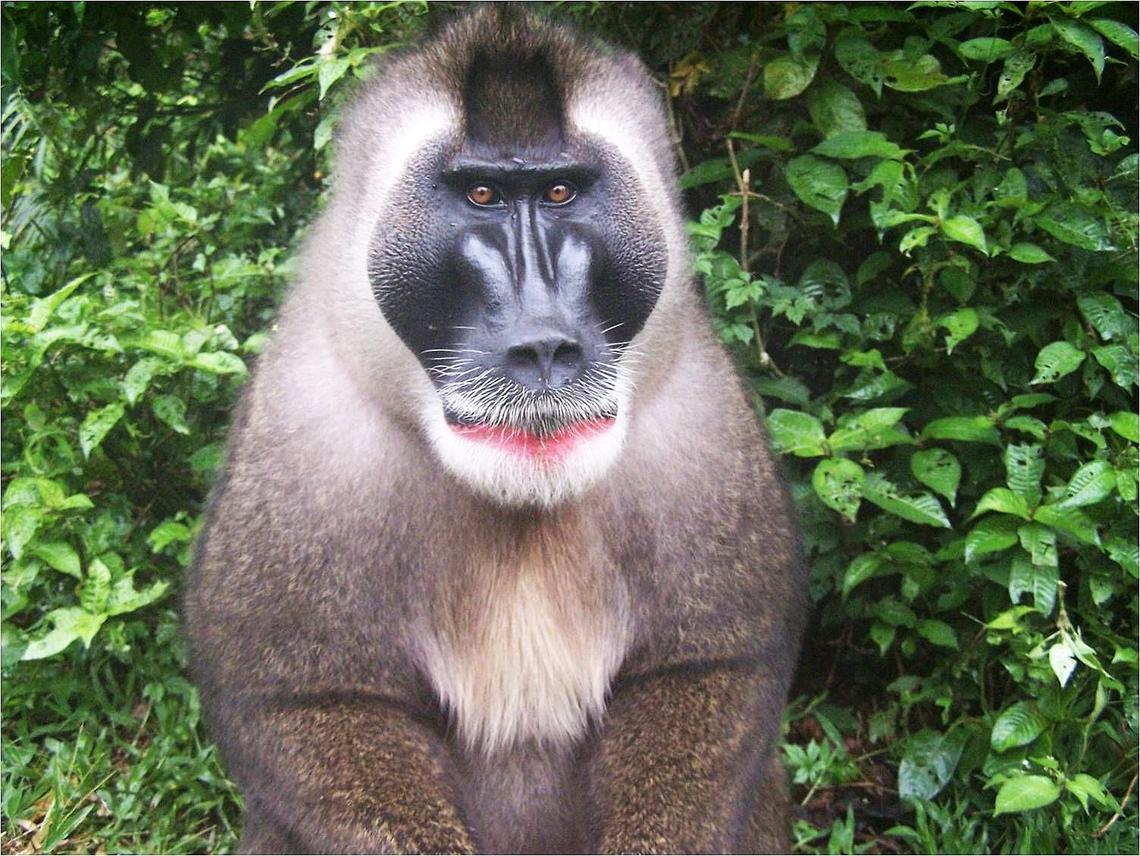Oct. 28, 2020
Some non-human primates bear similar risk as humans for COVID-19 infection

Non-human primates could be highly susceptible to infection by SARS-CoV-2 — the novel coronavirus causing COVID-19 — according to a newly published study in the scientific journal Communications Biology, conducted by researchers at the University of Calgary and New York University. This potential risk is of concern to primatologists around the world working with wild and captive primates.
“Major actions may be be needed to limit the exposure of many primate populations to humans,” says biological anthropologist Dr. Amanda Melin, PhD, an associate professor in the Department of Anthropology and Archaeology and lead author of the paper. Melin, pictured above, is also a member of the Alberta Children’s Hospital Research Institute at the Cumming School of Medicine.
The study predicts that apes — our closest living relatives — as well as monkeys in Africa and Asia, are at a similar risk to humans of contracting COVID-19. Meanwhile, the risk to lemurs is more variable, but some species may carry more human-like risks as well. Infection studies — where primates were given doses of the SARS-CoV-2 virus — strongly support these predictions.
“We used approaches from comparative genomics and protein-protein interaction modelling to predict a binding affinity for SARS-CoV-2 to the viral target receptor, ACE2, which is expressed on cell surfaces across the body,” says Melin.
“We know exactly where, along the ACE2 protein, the virus attaches itself in humans and we also know that the virus can’t attach itself very well to the ACE2 proteins when those attachment areas are shaped differently,” says Dr. Mareike Janiak, PhD, the study's co-lead author. “By examining what these binding sites look like in other primates, we’re able to understand how likely it is that the virus can attach itself to their ACE2 proteins and invade their cells.”
The study offers potentially better news for monkeys found in the Americas, who are less at risk of contracting the virus. That’s because amino acids build the ACE2 protein that is expressed on the cell surfaces of our bodies. When the amino acids are changed the bonds can be weakened, which impedes the virus infecting the cells.
“The monkeys found in North, Central and South America have different amino acids from humans — as well as apes and monkeys in Africa and Asia,” says Melin. “Our models predict that this will decrease viral binding strength by about 400 times.”

A drill (not a mandrill, though they’re closely related), taken at the Afi Mountain Wildlife Sanctuary, Nigeria.
James Higham
“Many non-human primates are endangered, some, critically,” says Melin. “Concern for their welfare in the wild, including the primates at the field sites where we work, as well as those in zoos or other captive settings, is what motivated this study. The potential that SARS-CoV-2 might be transmitted between species places all parties at risk.”
Melin and her co-authors recommend that actions must be taken to protect non-human primates as well as humans who might be exposed to them.
“Many parks containing wild primates, and captive care facilities with captive primates, have already taken measures to limit the exposure of primates to humans at this time,” says anthropologist Dr. James Higham of New York University, another co-author of the paper.
“If humans do get close to primate populations, for research or conservation modelling, for example, similar precautions should be taken as those being taken in our communities. These include an emphasis on greater distancing, mask-wearing, quarantining, health-screening, and negative testing before any potential exposures.”
He adds many parks containing wild primates have also taken measures to limit the exposure of primates to humans. However, there are major issues to consider in the long term. “One example would be the mountain gorilla ecotourism at Bwindi in Uganda, which is critical to the local economy,” says Higham. “The longer that tourism and other tangible benefits are restricted, the more issues related to local livelihoods and the long-term sustainability of primate conservation efforts may come to the fore.”
He adds: “The extent of long-term restrictions on access of humans to wild primate populations raises serious questions that will require the careful weighing of benefits and risks to short-term and long-term conservation and research projects.”






